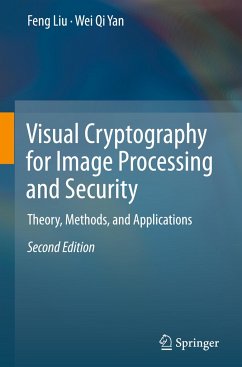This book addresses the fundamental concepts in the theory and practice of visual cryptography. The design, construction, analysis, and application of visual cryptography schemes (VCSs) are discussed in detail. Original, cutting-edge research is presented on probabilistic, size invariant, threshold, concolorous, and cheating immune VCS. This updated second edition has also been expanded with new content on braille and 2D barcode authentication of visual cryptography shares. Features: contains review exercises at the end of each chapter, as well as a helpful glossary; examines various common problems in visual cryptography, including the alignment, flipping, cheating, distortion, and thin line problems; reviews a range of VCSs, including XOR-based visual cryptography and security enriched VCS; describes different methods for presenting color content using visual cryptographic techniques; covers such applications of visual cryptography as watermarking, resolution variant VCS, and multiple resolution VCS.
"In this slim but overly packed volume, visual cryptography is reviewed along with its fundamental concepts in theory and practice. ... At the end of each chapter, there are questions and exercises, which may assist the reader in grasping the importance of the material presented. In addition, there are voluminous references that supplement each chapter." (G. Mick Smith, Computing Reviews, February, 2016)








